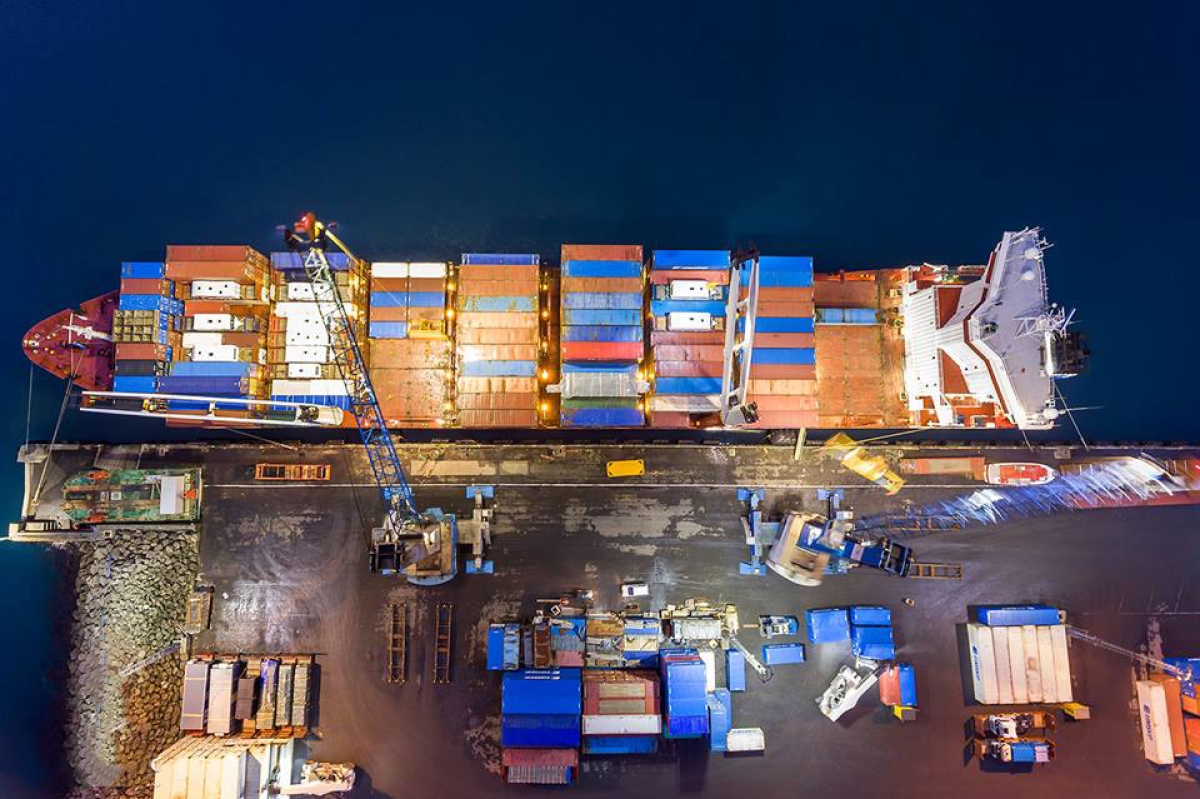Imports of goods
12. Jul 2024
May imports down year-on-year

The table below shows import values in the June 2023 - May 2024 period compared with the previous 12-month period.
The drop in imports is driven by lower import values of fuels and ships. Imports of fuels and other oils fell by DKK 485 million, mainly due to lower prices.
Imports of machinery, engines, ships and vehicles fell by DKK 704 million (19.8%). This decline mainly applies to ships.
[px-graph-1]
Classifying imports by economic function, we see that goods for direct consumption went down by DKK 761 million (14%).
Imports for production use fell by DKK 249.3 million (5.5%). The biggest decline was in building materials; however, imports also fell for transport equipment and materials for aquaculture.
The decrease in regular gross expenses is primarily driven by fewer imported ships.
[px-graph-2]
Comparing imports for May 2023 with May 2024, we see that the volume of groceries has halved. This is likely caused by a temporary halt in imports in mid-May 2024 due to an extensive industrial strike.
[px-graph-3]
The table below shows the top 10 source countries for Faroes imports. Almost a quarter of imports come from Denmark – a figure that is virtually unchanged from last year. The past year has seen a drop in imports from the Netherlands, Germany, the UK, Belgium and France. The USA and Poland have now taken the place of France and Belgium on the top 10 list in the past year.
[px-graph-4]
The table below shows the top 10 goods most popular goods imported to the Faroes, excluding ships and aircraft. It is worth noting that four of the goods on the list are fuel varieties and five are materials for fisheries and aquaculture. The biggest annual increase is in whole, chilled mackerel, with imports increasing by DKK 164.2 million (65.6%) year-on-year.
[px-graph-5]
Tables for imports and exports have been restructured. All tables now allow selection of imports/exports and value/volume.
The new SITC table (UH01026) is similar to the old tables (UH01020 and UH01021), with the following changes:
- Upgraded BEC classification from Rev. 4 to Rev. 5.
- Uses the FAO’s ISSCFC fishery commodities classification.
- Fish species are classified according to the MCS (Main Commercial Species) system by The European Market Observatory for fisheries and aquaculture products (EUMOFA), launched by the EU Commission.
- Includes fish processing information and supply chain data.
The ISSCFC includes a large number of commodities searchable by codes or text.
All data in the ISSCFC table will eventually be translated into Faroese.